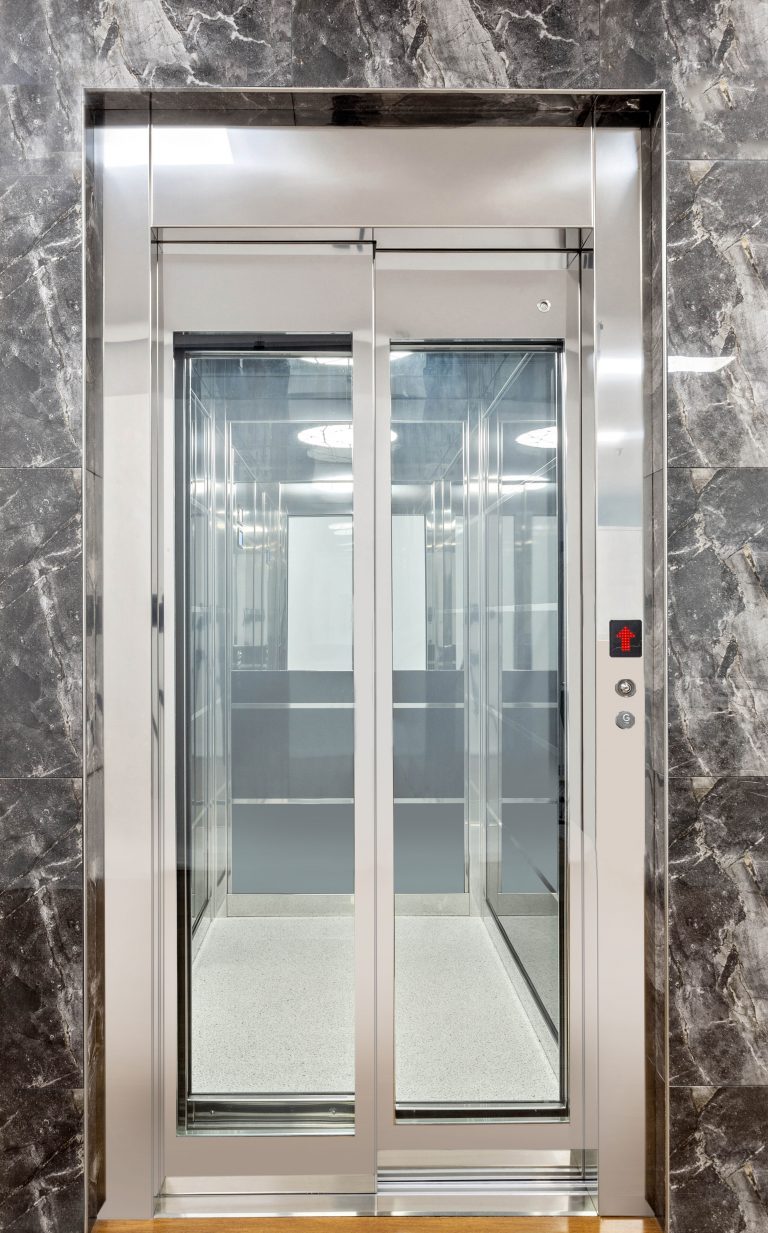Compare Disabled Platform Lifts Prices UK: Affordable Options for every single Requirement
Compare Disabled Platform Lifts Prices UK: Affordable Options for every single Requirement
Blog Article
Exploring the Globe of Lifts: Common Issues Dealt With by Different Lift Systems
As we browse via the upright transport systems of modern-day structures, lifts stand out as an important component of our lives. However, behind their seamless operation exists a world of elaborate mechanisms that can often encounter difficulties. From hydraulic elevators to traction systems and machine-room-less designs, each lift type comes with its collection of usual problems. Understanding these difficulties is essential for guaranteeing the smooth functioning of these vital systems. Allow's discover the complexities that underlie the procedure of lifts and the possible issues that can emerge, clarifying the intricate internet of lift mechanisms.
Hydraulic Lifts
Hydraulic lifts, typically favored for low-rise buildings, use fluid pressure to control the motion of the elevator vehicle (lift repair companies). This mechanism includes a hydraulic pump pressing oil right into a cylinder, triggering the lift to relocate the desired instructions. While hydraulic elevators are understood for their peaceful and smooth procedure, they do come with their own collection of common issues
One widespread trouble with hydraulic elevators is oil leak. The seals in the hydraulic system can wear over time, bring about oil infiltration. This not just creates a mess however can also influence the lift's performance if left unaddressed. Furthermore, issues with the control system, such as malfunctioning shutoffs or a malfunctioning pump, can create disruptions in the lift's motion.
Normal upkeep and prompt repair work are vital to make sure the smooth functioning of hydraulic elevators. By addressing these usual issues proactively, building proprietors can minimize downtime and guarantee the safety and efficiency of their upright transport system.
Traction Elevators
When considering upright transportation systems in structures, an additional common type in addition to hydraulic elevators is the traction lift. Traction elevators operate using a system of ropes and counterweights that move the lift cars and truck by clutching onto the hoist ropes. This system permits smoother and quicker vertical transportation compared to hydraulic systems.
One of the common concerns dealt with by grip elevators is rope wear. The constant activity of the ropes within the grip system can cause tear and wear with time, possibly triggering the elevator to malfunction or come to be harmful for usage. Regular evaluations and upkeep of the ropes are vital to make certain the elevator's appropriate performance and safety.
One more issue that traction lifts might run into is associated with the control system. Troubles with the control system can lead to concerns such as unpredictable movement, delays in action times, or perhaps complete closures. Routine screening and maintenance of the control system are vital to stop such concerns and make certain the lift's dependability.
Machine-Room-Less (MRL) Elevators

Among the essential elements of MRL lifts is the compact gearless grip device that is installed within the hoistway. This device efficiently drives the lift cars and truck without the need for cumbersome tools discovered in traditional grip lifts. Additionally, MRL lifts usually utilize a weight system to balance the car, further enhancing their power effectiveness.
Regardless of their benefits, MRL lifts may deal with challenges associated to maintenance and repair service because of the restricted area for tools installment. Ease of access for servicing parts within the shaft can be limited, requiring specialized training for professionals. Correct maintenance timetables and routine evaluations are important to make sure the ongoing smooth operation of MRL lifts.
Overloading and Weight Limitation Issues
Overwhelming and weight limitation problems are vital worries in elevator operations. Lift suppliers design lifts with particular weight abilities to ensure passenger safety and tools long life.
When lifts are overwhelmed, it puts extreme strain on look at this now the electric motor, wires, and other parts, possibly triggering breakdowns or breakdowns. If they find excess weight, safety devices such as sensors and overload sensors are in place to protect against lifts from relocating. Furthermore, surpassing weight limits can lead to enhanced energy consumption and deterioration on the elevator system.
To alleviate straining problems, constructing supervisors should plainly display weight restrictions in lifts and educate occupants on the value of adhering to these constraints - lift repair companies. Normal maintenance checks by certified professionals can also help make certain that elevators are running within risk-free weight criteria. By attending to overloading and weight limit concerns proactively, building owners can boost elevator safety and effectiveness
Electrical System Failings
Surpassing weight limits in lifts can not only lead to mechanical issues however also potentially contribute to electrical system failings within the lift facilities. Electrical system failures are a critical worry in elevator procedure, as they can cause unforeseen shutdowns, breakdowns, or also safety dangers.
Moreover, power surges or fluctuations in the electrical supply can likewise disrupt the elevator's procedure, affecting its performance and security. These electrical disruptions can damage sensitive elevator parts such as control board, circuit boards, or sensing units, leading to system failings. Normal maintenance and assessments are essential to recognize and resolve potential electric problems without delay, making certain the secure and efficient operation of lift systems. By adhering to weight limitations and conducting routine electric system checks, structure owners can mitigate the danger of electrical failings in lifts.
Final Thought

Hydraulic lifts, frequently favored for low-rise structures, use fluid stress to manage the movement of the elevator cars and truck.When taking into consideration vertical transportation systems in buildings, an additional usual type apart from hydraulic lifts is the traction lift. Traction elevators run making use of a system of ropes and counterweights that move the elevator cars and truck by clutching onto the hoist ropes. Unlike traditional elevators that need a different machine area to house the equipment, MRL elevators incorporate most of the elements within the shaft, removing the need for a dedicated equipment area.In verdict, elevators face common issues such as hydraulic breakdowns, grip system failures, and electrical system troubles.
Report this page